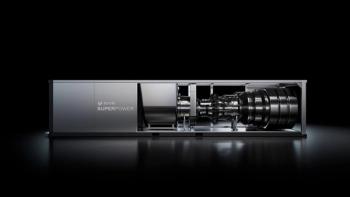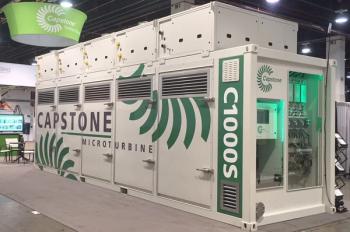
Advances in turbine overspeed safety systems
The horsepower of micro-processors has grown dramatically over the past five years, enabling smaller devices such as loop controllers, transducers and auxiliary plant devices to perform more intelligent operations than their predecessors. As a result, turbine safety systems and overspeed protection devices can now monitor multiple turbine parameters simultaneously, as well as monitor and test the response times of the entire turbine shutdown system.
In light of these advances, the American Petroleum Institute (API) has added new overspeed system response time requirements to the 5th edition of its API 670 standard. By adhering to this standard, users and insurance companies can validate turbine safety system performance online as well as off-line.
The latest wave of API 670 compliant protection devices issue an alarm if the safety system response to a turbine trip is too long to adequately protect personnel, units or driven unit load. This encompasses sensors, logic solver, interposing relays, hydraulic trip block assembly, trip-oil header and trip valves.
Diagnostic tests to validate performance
System-level diagnostic tests allow most of a turbine shutdown system to be tested while the turbine is online, and the entire system to be tested when the turbine is off-line. The devices are programmed to undergo routine tests by switching a frequency generator into one of the voting kernel sections, and then monitored. The response time is logged, except for the final actor (turbine shutdown valve). Such diagnostic tests are used to validate the performance/response of the logic solver, any interposing relays and the trip solenoids.
System proof tests are performed during scheduled turbine downtime events to validate the performance of the complete overspeed safety system including the trip-oil headers and the final actor. In case of possible overspeed, safety devices are expected to sense and respond within 20 to40 milliseconds. API 670 requires a response of 40 milliseconds or faster depending on the calculated turbine acceleration rate and overall turbine trip system response time.
Tracking overspeed levels
If a safety system senses only rotor speed, it will issue only a turbine trip command once the programmed overspeed trip level is exceeded. This, however, does not take into account how fast the turbine rotor is accelerating when it reaches its overspeed trip level, resulting in the rotor possibly overshooting the OEMs overspeed trip point by an unsafe margin.
The latest generation systems track acceleration rates and can respond in milliseconds. Over speeding and over acceleration directly affects the life of equipment by inducing excessive stress on rotor blades, generator windings and compressor wheels.
Rich Kamphaus is the Steam Turbine and Compressor Market Manager at Woodward. He can be reached at: +1.970.498.3388 or +1.97.-21.-3733 or
Newsletter
Power your knowledge with the latest in turbine technology, engineering advances, and energy solutions—subscribe to Turbomachinery International today.





